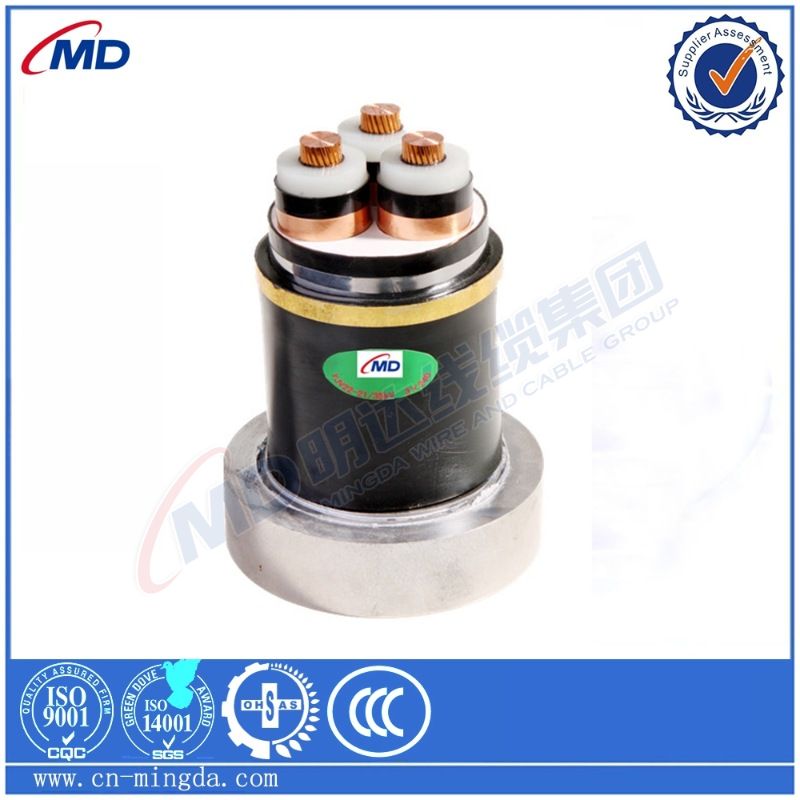Dec . 11, 2024 06:04 Back to list
Understanding the Functionality and Benefits of Swing Check Valves in Fluid Systems
Understanding Swing Check Valves Functionality and Applications
Swing check valves are essential components in various fluid systems, designed to allow flow in one direction while preventing backflow. Their simplicity and reliability make them a favored choice in many industrial applications, including water, wastewater, low-pressure steam systems, and chemical processing. This article will explore the functionality, design features, advantages, and typical applications of swing check valves.
Functionality of Swing Check Valves
At the heart of a swing check valve’s operation is a hinged disk, which swings open with the forward flow of liquid. When the flow stops or reverses, the disk swings back to its closed position, effectively sealing the valve and preventing any reverse flow. This design relies on the media's kinetic energy to operate, distinguishing swing check valves from other types of check valves, such as lift check valves, which use a vertically moving disk.
Swing check valves typically operate best in applications with a relatively low velocity and a consistent flow rate. They are suited for horizontal or vertical installations, though they are more commonly found in horizontal pipelines. The valve’s inherent design minimizes pressure drops, making it efficient for piping systems.
Design Features
Swing check valves come in various designs, including single and dual disc configurations. The single-disc versions feature a single flap that pivots on a hinge, while dual-disc variants have two flaps for improved sealing and reduced water hammer effects. The materials used in construction can range from cast iron and stainless steel to PVC and other composites, depending on the application requirements, including temperature, pressure, and the corrosiveness of the fluid.
Another key design feature is the valve’s size and pressure rating. It is crucial to select a swing check valve rated for the specific working conditions of the system—such as pressure and temperature—to ensure optimal performance and longevity.
Advantages of Swing Check Valves
One of the primary advantages of swing check valves is their straightforward design, which results in ease of maintenance and installation
. With fewer moving parts compared to other check valve types, there's a lower risk of mechanical failure. Additionally, their design typically allows for a lower pressure drop when the flow is moving in the intended direction.swing check valve

Another significant advantage is their durability. Swing check valves can handle a range of fluid temperatures and pressures, making them suitable for various applications. Their ability to block reverse flow effectively helps to protect pumps and other system components from damage due to backflow.
Moreover, the materials used in manufacturing swing check valves enable them to resist corrosion and wear, extending their service life. This resilience translates to lower operational costs over time, as maintenance and replacement are reduced.
Typical Applications
Swing check valves are widely used in various sectors, including
1. Water Supply Systems These valves play a crucial role in municipal water systems, ensuring that water flows to consumers without allowing contaminants or backflow from the residential system into the supply lines.
2. Wastewater Treatment In wastewater scenarios, swing check valves help prevent backflow, protecting equipment and maintaining system integrity.
3. Chemical Processing The durability and varied material options make swing check valves suitable for handling aggressive chemical substances safely.
4. Heating Systems These valves can be found in low-pressure steam systems, where they contribute to system efficiency and safety.
In conclusion, swing check valves are vital components in many fluid handling systems, delivering efficiency, reliability, and safety. Their robust design and wide range of applications make them an indispensable choice for engineers and system designers. Understanding their functionality, design features, and suitability for specific applications is essential for anyone involved in fluid dynamics and piping system design. As industries evolve and seek more efficient methods of operation, the role of swing check valves will continue to be critical.
Share
-
Reliable Wafer Type Butterfly Valves for Every IndustryNewsJul.25,2025
-
Reliable Flow Control Begins with the Right Ball Check ValveNewsJul.25,2025
-
Precision Flow Control Starts with Quality ValvesNewsJul.25,2025
-
Industrial Flow Control ReliabilityNewsJul.25,2025
-
Engineered for Efficiency Gate Valves That Power Industrial PerformanceNewsJul.25,2025
-
Empowering Infrastructure Through Quality ManufacturingNewsJul.25,2025